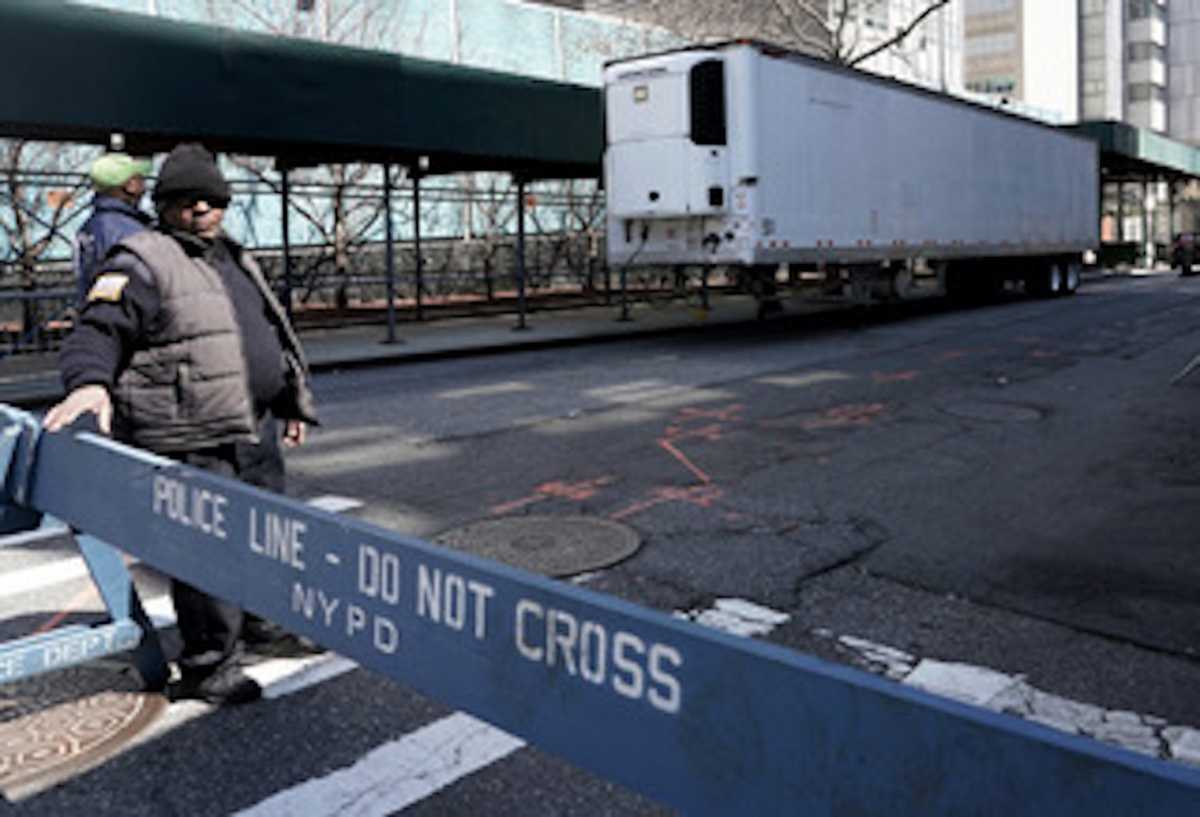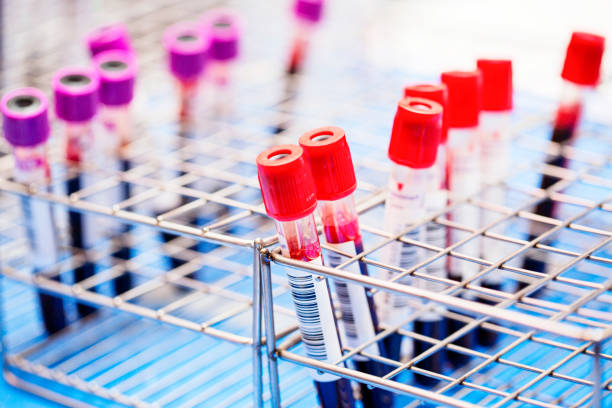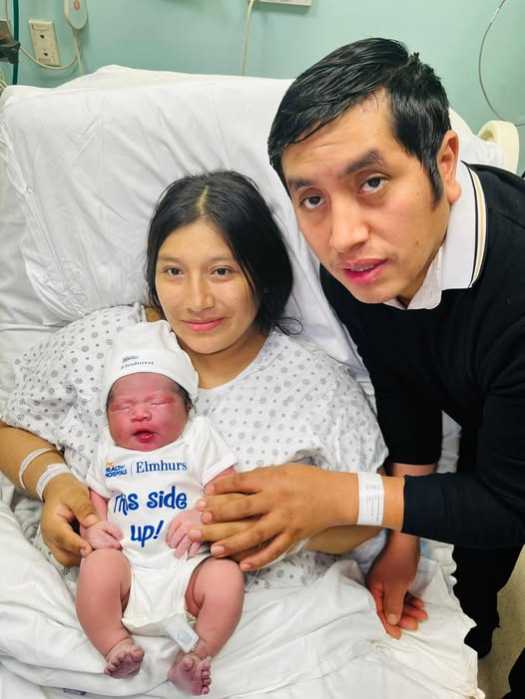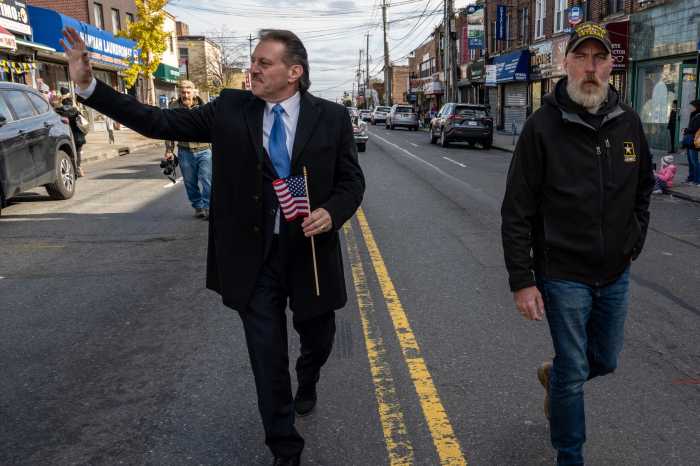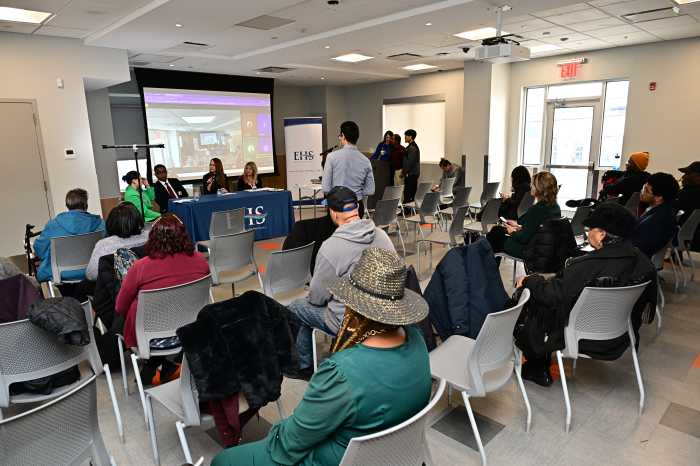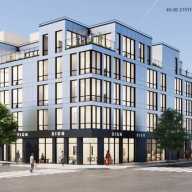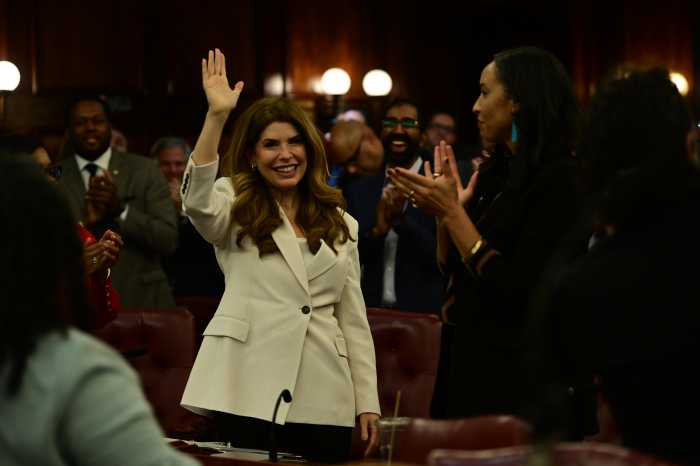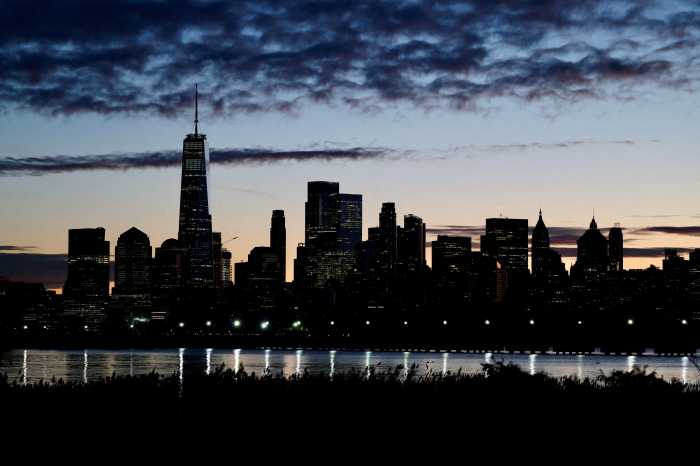Hispanic and black New Yorkers are twice as likely to die as result of complications from contracting the novel coronavirus than other New Yorkers, according to New York City Department of Health and Mental Hygiene data released Wednesday.
Out of the people that have passed away as a result of complications from contracting the virus, 22 percent identify as Hispanic, 19.8 percent as black, 10 percent as white and 7 percent as Asian. The preliminary findings, according to the mayor’s office, were calculated by using only 63 percent of deaths on March 6. Hispanics make up 29 percent of the city’s population, while black New Yorkers make up 22 percent.
“The vast majority of cases are reported by labs, and race/ethnicity information is often missing because it is not received on the test requisitions from providers,” said spokesperson Avery Cohen in an email to amNewYork Metro.
During the mayor’s daily novel coronavirus briefing on Tuesday, NYC Health Commissioner Dr. Oxiris Barbot further reiterated some challenges of tracking race and ethnicity. “I want to draw the distinction between a piece of data that is purely absolute versus a social-political construct that is inherently biased, if you will, there is no definitive way on how to collect someone’s race, right? If you look at my name on paper would never think I was Latina.”
City data on novel coronavirus related deaths has recently come into question after reporters noted differences in the number of reported cases and deaths in comparison to larger numbers from the state. WNYC/Gothamist reported that the city was under-reporting novel coronavirus related deaths given that they were not calculating New Yorkers dying at home in their daily numbers.
Coronavirus related data from the mayor’s office has also been scrutinized for not providing a racial or ethnic breakdown of cases or deaths. Public officials like Public Advocate Jumaane Williams have repeatedly called on the mayor to release data on the race and ethnicity of New Yorkers infected with the virus.
“My office is concerned that New Yorkers of more color are disproportionately on the front lines of this pandemic and therefore run a higher risk of exposure to COVID-19,” said the public advocate in a letter to the mayor dated April 2. “ People of more color are overrepresented in essential occupations including grocery store workers, laundromat workers, healthcare workers and emergency responders.”
Williams continues on to cite the city-released heat map of novel coronavirus infections which shows a higher number of cases in higher-poverty outer boroughs compared to wealthier neighborhoods like Manhattan’s Greenwich Village and Brooklyn’s Park Slope.
In response to these numbers, the city plans to up grassroots outreach in partnership with community-based clinics in languages other than English to educate immigrant communities about the virus and will launch more TV, radio and print public service announcements in 14 languages.
Some though think that more should be done to combat the disparity, including Attorney General Letitia James.
“We must expand treatment, rapid testing and tracking with a sharp eye toward marginalized communities,” said Attorney General James in a statement. “We must also continue to increase hospital capacity, resources for safety net hospitals, and expand language access to ensure those communities hit hardest have the information they desperately need.”
This story originally appeared on amny.com.

